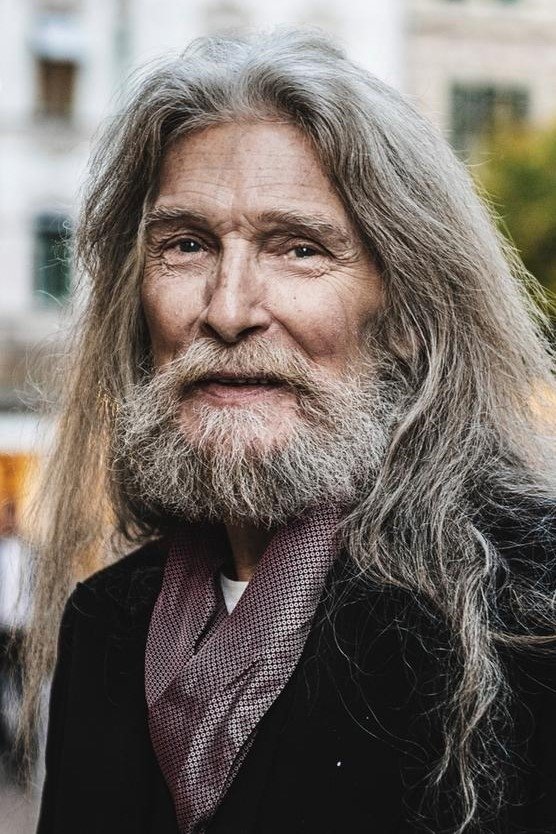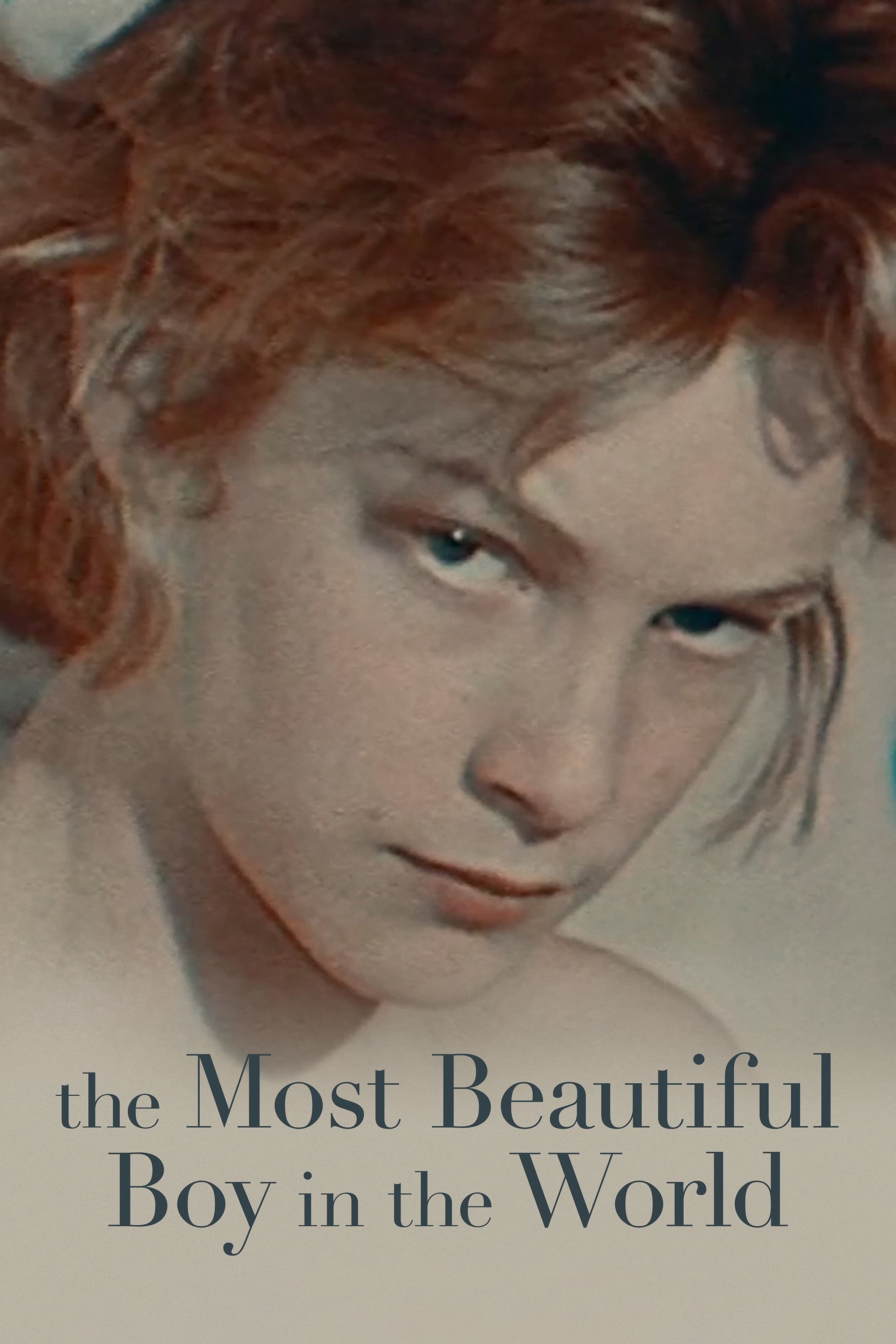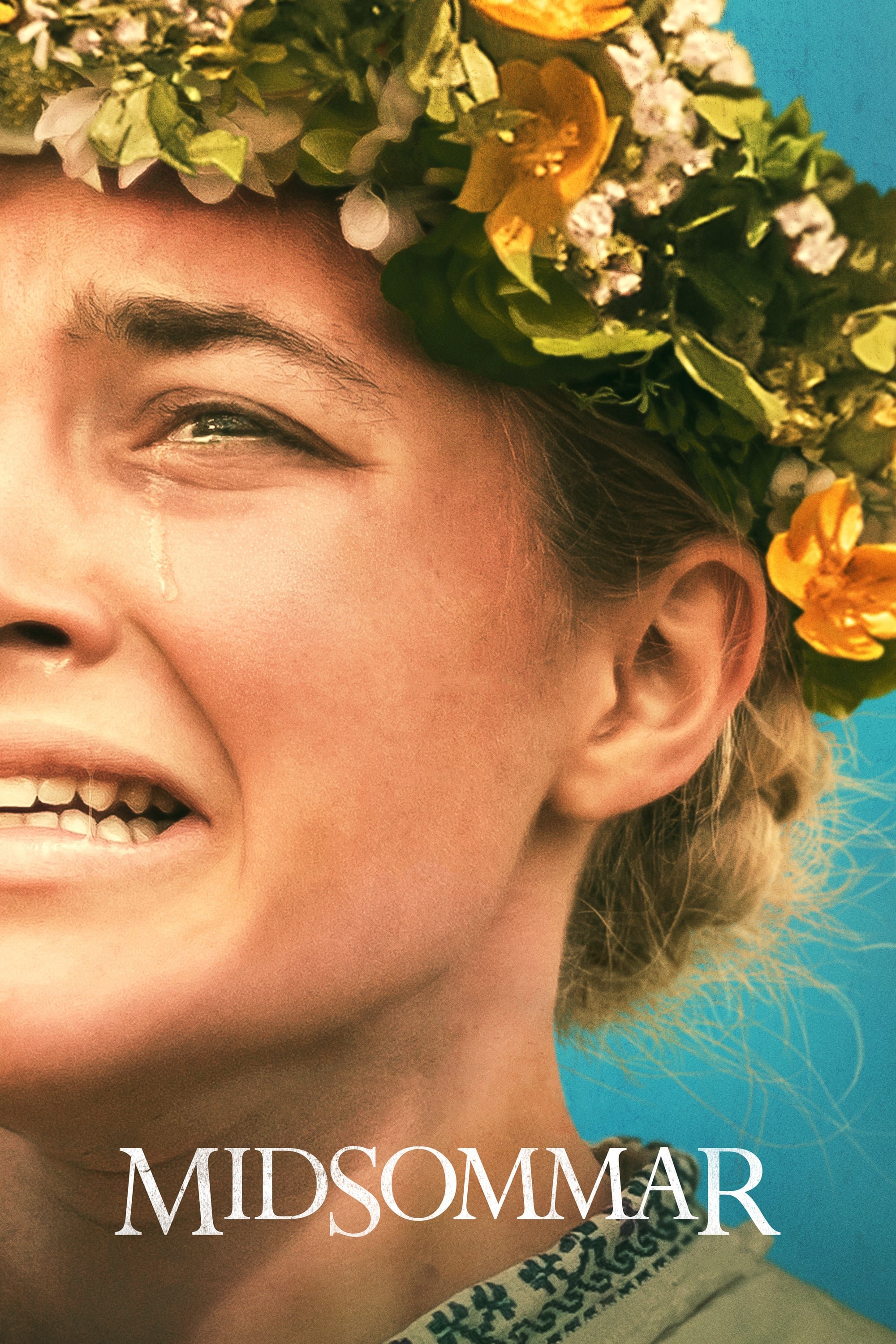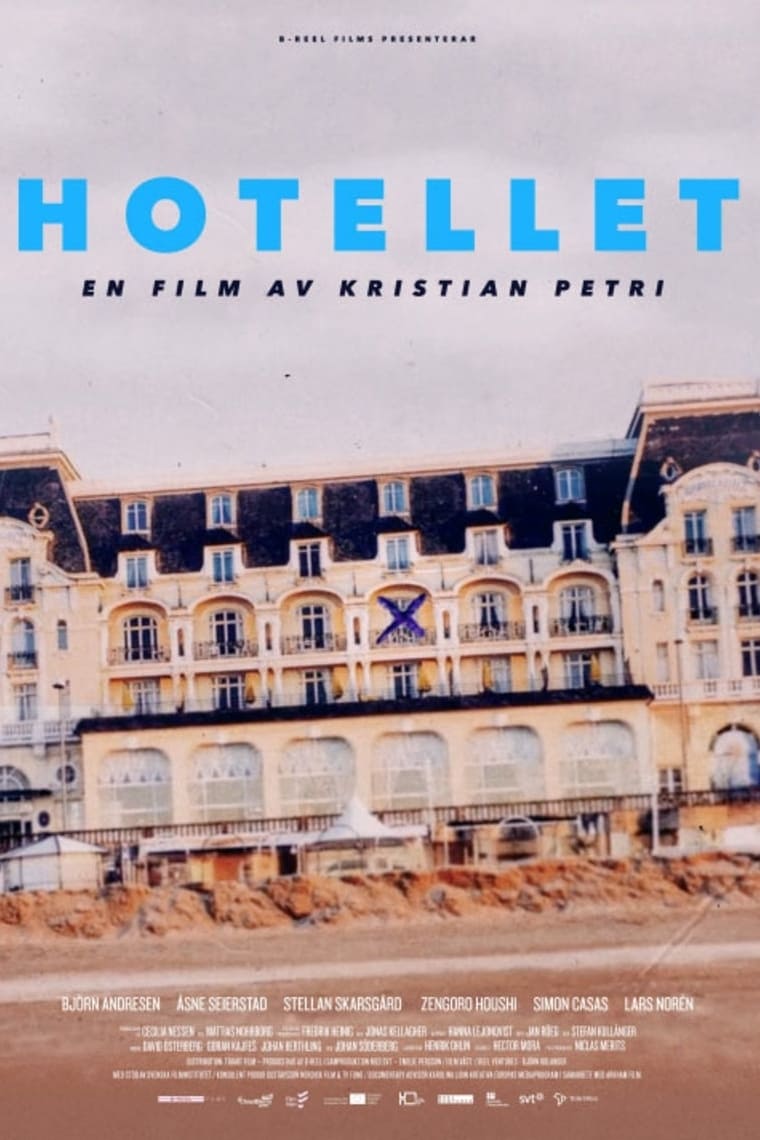

Swedish murder investigator Sven Hjerson forms an unexpected detective duo with stubborn TV producer Klara after several years of isolation. Will she also manage to recruit him for her new TV show?

In 1971, due to the world premiere of Death in Venice, Italian director Lucino Visconti proclaimed his Tadzio as the world’s most beautiful boy. A shadow that today, 50 years later, weighs Björn Andrésen’s life.

Several friends travel to Sweden to study as anthropologists a summer festival that is held every ninety years in the remote hometown of one of them. What begins as a dream vacation in a place where the sun never sets, gradually turns into a dark nightmare as the mysterious inhabitants invite them to participate in their disturbing festive activities.

The Hotel is the last part of a trilogy about travelling. The first two were The Atlantic (Atlanten, 1995) and The Lighthouse (Fyren, 2000). The hotel is a different kind of home. It can be a refuge, cul-de-sac, castle, nightmare, creative space...The first hotel was created as protection against the elements. Weary travellers could find shelter and rest. But it was also a place for legends and anecdotes.

Louise and Kasper want to become parents, but Louise cannot have children. She seals a pact with her Romanian maid, Elena, to bear her child, but things don't turn out quite as planned...
Björn Johan Andrésen (born 26 January 1955, in Stockholm, Sweden) is a Swedish actor and musician. He is best known for playing the fourteen-year-old Tadzio in Luchino Visconti's 1971 film adaptation of the Thomas Mann novella Death in Venice. Andrésen had only appeared in one film, En kärlekshistoria (1970) at the time he was cast in Death in Venice, which gained him international recognition. While the film performed relatively poorly at the box office, Andrésen was noted for his performance as Tadzio, the beautiful young Polish boy with whom the film's older protagonist Gustav von Aschenbach becomes obsessed. Film historian Lawrence J. Quirk commented in his study The Great Romantic Films (1974) that some shots of Andrésen "could be extracted from the frame and hung on the walls of the Louvre or the Vatican". Rumors circulated in America at the time of the film's release as to whether or not Andrésen was homosexual (as the role demanded that he appear to exchange romantic glances with the protagonist, and on another occasion, be kissed and caressed by another teenage boy). Andrésen emphatically denied these, and later recounted his discomfort at being forced by director Luchino Visconti during filming to visit a gay bar, where he attracted the attention of a number of older men. Eager to dispel the rumors regarding his sexuality and to shed his "pretty boy" image, Andrésen thereafter avoided homosexual roles and parts which he felt would play off of his good looks, and was angry when feminist writer Germaine Greer used a photograph of him on the cover of her book The Beautiful Boy (2003) without first obtaining his personal permission. Although Greer did consult photographer David Bailey (who owned the copyright for the image) before publishing the book, Andrésen maintained that it is common practice when a party uses an image of a person which has been copyrighted by a different individual to inform the individual and that he would not have given his consent for Greer to use his picture if she had informed him of her plans. Andrésen has also appeared in several other films.These include Pelikaanimies (2004), Kojan (1992) and Smugglarkungen (1985).
By browsing this website, you accept our cookies policy.